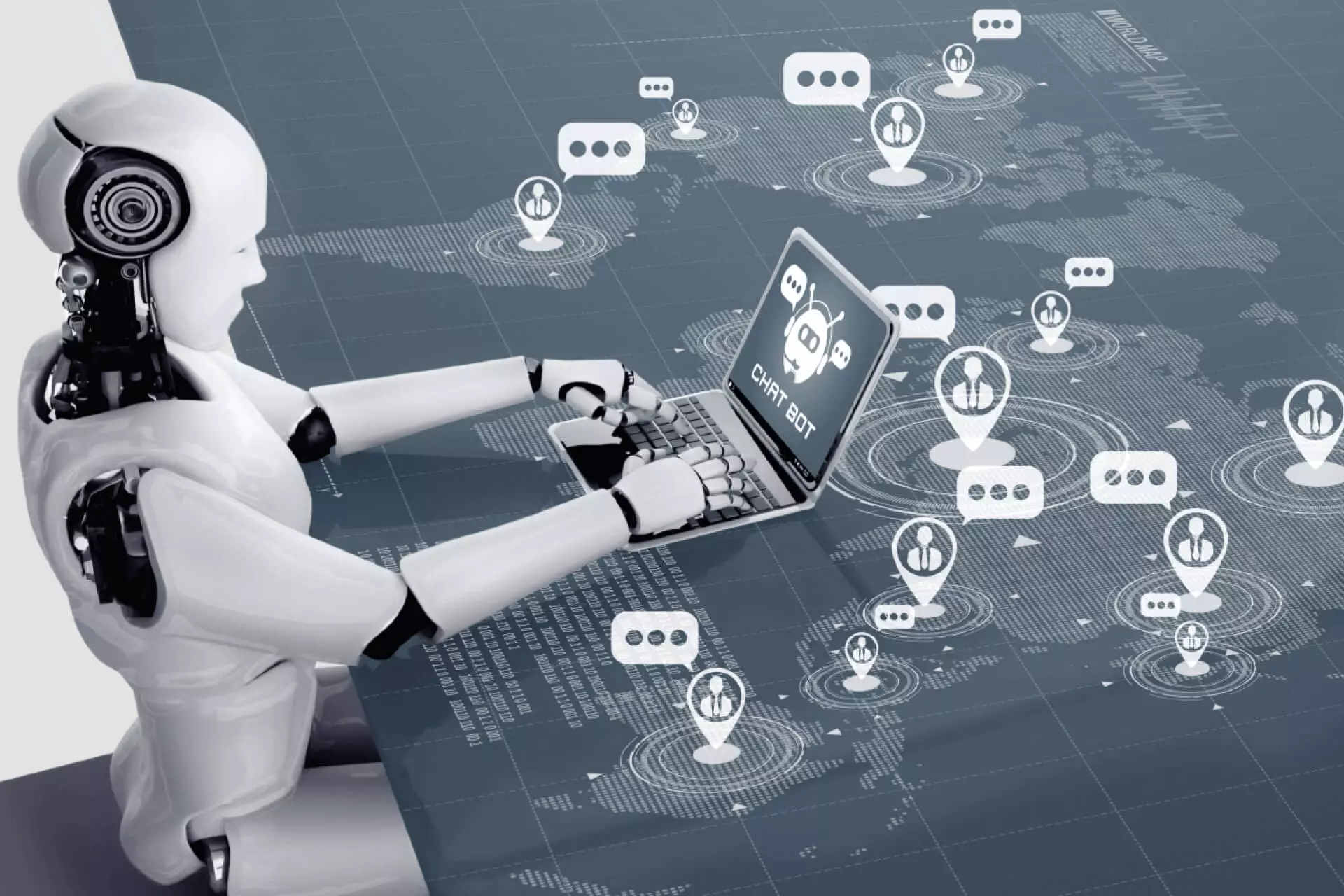Unlocking the power of automation has become one of the most effective strategies for individuals and businesses alike, allowing people to save valuable time and streamline repetitive tasks. As we step into 2025, the potential for automation is greater than ever, with advancements in artificial intelligence, machine learning, and process automation software enabling unprecedented productivity. This guide explores time-saving automation strategies across various areas—from personal productivity and business operations to marketing and customer service.
Introduction: The Importance of Automation in 2025

In 2025, automation is not just about reducing workload; it’s about transforming the way we work and live. By implementing automation, individuals and organizations can focus on higher-value tasks, reduce human error, and gain a competitive edge. As more companies adopt automation, understanding how to integrate it effectively becomes crucial to remaining efficient and productive.
This article explores the top automation trends, tools, and time-saving tips for 2025, providing insights into how you can unlock the full power of automation to save time and energy.
1. Personal Productivity: Automating Daily Tasks
Automation isn’t just for businesses; it’s equally powerful for personal productivity. Here’s how individuals can use automation tools to streamline daily tasks and free up valuable time.
a. Use Smart Assistants for Task Management
Smart assistants like Google Assistant, Siri, and Alexa have become increasingly advanced. In 2025, these assistants can now integrate seamlessly with your calendar, emails, reminders, and even project management apps like Asana or Trello. With a simple voice command, you can:
- Schedule meetings
- Set reminders
- Send emails
- Create to-do lists
This makes managing your day far easier, especially as AI assistants continue to improve their ability to understand context and user preferences.
b. Automate Email Management
Email overload is a common problem, but with automation, managing emails can be easier than ever. Tools like Superhuman and SaneBox use AI to categorize and prioritize emails. In addition, email filters and autoresponders allow you to automate responses and sort incoming messages. By doing so, you can eliminate time spent on routine email tasks.
c. Implement Workflow Automation with IFTTT and Zapier
IFTTT (If This Then That) and Zapier are popular workflow automation tools that allow users to link different applications. For instance, you can automate the following actions:
- Save all email attachments directly to a cloud storage solution like Google Drive.
- Automatically update your calendar with tasks from project management software.
- Receive notifications on Slack for important emails.
These workflows help reduce the manual work of switching between apps and make the information flow more seamless.
2. Business Operations: Streamline Repetitive Processes
How to Leverage AI Tools in 2025: A Complete Guide for Beginners
In business, repetitive tasks are often a significant time drain. Automating these processes frees up employee time and reduces the chance of human error.
a. Automate HR Processes with Advanced Software
Managing HR tasks such as onboarding, payroll, and leave requests can take considerable time. Software like BambooHR, Gusto, and Workday enables businesses to automate these processes. Some benefits of automating HR tasks include:
- Faster and more efficient onboarding processes
- Automated payroll with tax calculations
- Easier management of employee data and compliance
These tools also ensure accuracy in HR tasks, which is essential for employee satisfaction and regulatory compliance.
b. Optimize Accounting with Financial Automation Tools
In 2025, accounting software has advanced to offer more than basic bookkeeping. Tools like QuickBooks and Xero can automate complex accounting tasks, including:
- Generating invoices
- Tracking expenses
- Managing taxes and payroll
Additionally, using AI-powered financial forecasting software enables companies to gain insights into cash flow and make data-driven decisions, significantly reducing the time needed for financial planning.
c. Use Robotic Process Automation (RPA) for Data Entry and Processing
Robotic Process Automation (RPA) tools like UiPath and Blue Prism allow businesses to automate data entry, file management, and repetitive digital tasks. For example:
- Automating order processing and invoice generation
- Updating records across databases
- Handling bulk data entry tasks
By automating data-centric tasks, companies can save substantial amounts of time and ensure accuracy, especially in industries such as finance, healthcare, and logistics.
3. Marketing Automation: Reach Audiences Efficiently
Marketing automation enables brands to maintain consistent communication with their audience without manual intervention. It’s a critical area for any business looking to maximize its outreach and lead nurturing.
a. Email Marketing Automation
In 2025, email marketing is still one of the most effective channels for reaching customers. Tools like HubSpot, Mailchimp, and ActiveCampaign allow you to:
- Segment your audience based on behaviour and preferences
- Set up automated drip campaigns to nurture leads
- Personalize emails with dynamic content based on user data
By automating email marketing, companies can engage their audience more effectively while freeing up marketing teams to work on strategy and creativity.
b. Social Media Scheduling and Analytics
Social media is an essential component of digital marketing, but managing multiple platforms can be time-consuming. Social media automation tools like Buffer, Hootsuite, and Later let you:
- Schedule posts across various platforms in advance
- Track performance metrics to gauge engagement
- Automatically repost evergreen content
With automated scheduling and analytics, marketers can focus more on content creation and less on the manual work of posting and tracking performance.
c. Lead Scoring and Nurturing
Advanced CRM tools like Salesforce and Zoho offer AI-powered lead scoring to help marketing and sales teams prioritize leads. By analyzing user behaviour and demographics, these tools assign scores to leads, which allows for targeted nurturing campaigns. This increases the efficiency of lead management and accelerates the sales process.
4. Customer Service: Providing Fast, Automated Support

Automating customer service improves response times, reduces workload, and enhances customer satisfaction. Here are some of the top ways to automate customer support in 2025.
a. Use AI Chatbots for Immediate Assistance
AI-driven chatbots have reached a new level of sophistication, capable of understanding natural language and delivering personalized responses. Tools like Zendesk Chat, Intercom, and Drift can:
- Provide instant answers to common queries
- Route complex inquiries to human agents
- Offer 24/7 support
Automated chatbots reduce the need for human agents, particularly for routine questions, allowing customer service teams to focus on more complex issues.
b. Automate Ticket Management and Escalation
Customer service management tools like Freshdesk and Zoho Desk enable automated ticketing systems, which help streamline support requests. Benefits of ticket automation include:
- Prioritizing tickets based on urgency
- Automating escalation processes for unresolved issues
- Providing self-service options for customers
By automating ticket management, companies can ensure faster resolution times and improve overall customer satisfaction.
c. Personalize Customer Communication with AI
Personalization is key to modern customer service. AI tools can analyze customer data and history to provide personalized interactions. For instance, they can recommend products based on purchase history or send targeted promotions to enhance customer loyalty. This level of automation ensures customers feel valued and increases their engagement with the brand.
5. Sales Automation: Close Deals Faster
Sales teams benefit immensely from automation, which allows them to focus more on closing deals and less on administrative tasks.
Essential Cybersecurity Tips for 2025: Protect Your Data and Privacy
a. Automate Lead Generation and Outreach
Sales automation tools like SalesLoft and Outreach automate the process of generating and nurturing leads. These platforms allow you to:
- Set up automated email sequences for lead nurturing
- Track lead behaviour to identify hot prospects
- Assign leads to sales reps based on predefined criteria
This kind of automation accelerates the sales pipeline and ensures that no potential leads are overlooked.
b. Streamline CRM Updates with Automation
Keeping customer relationship management (CRM) records up-to-date can be time-consuming. With CRM software like HubSpot and Salesforce, sales teams can automate data entry and lead scoring, saving time while maintaining accurate records. Automating CRM tasks means sales reps can focus on building relationships and closing sales.
c. Simplify Sales Reporting
Sales automation tools can also generate real-time reports on performance metrics, deal progress, and pipeline health. With dashboards and automated reports, sales managers can make informed decisions without manually gathering data. This provides valuable insights while reducing the time spent on reporting tasks.
6. Task Automation for Remote Work
As remote work becomes the new norm, automation tools tailored to remote collaboration and productivity have grown in importance.
a. Streamline Collaboration with Project Management Automation
Project management tools like Asana, Monday.com, and Trello have introduced more automation capabilities to assist remote teams. You can set up automation that:
- Move tasks to different stages upon completion
- Assign tasks based on team capacity
- Notify team members when their action is required
This makes remote project tracking more transparent, reduces repetitive work, and ensures timely completion of tasks.
b. Time Tracking and Productivity Automation
Time-tracking tools like Toggl Track and Clockify offer features that allow remote workers to automate time logs, making it easier to track productivity and billable hours. These tools can integrate with project management software and generate productivity reports, ensuring remote workers stay on top of their tasks and deadlines.
Embracing Automation for a Productive 2025
Automation is no longer a luxury but a necessity. From personal productivity tools to advanced business process automation, automation has the power to reshape workflows and eliminate repetitive tasks. Embracing these automation strategies in 2025 can help you reclaim time, boost productivity, and focus on what truly matters.

As we move further into the digital age, adopting and adapting to automation will be essential for staying competitive. Whether you’re a business leader, a team member, or an individual aiming to enhance personal productivity, automation offers a range of benefits that are too valuable to overlook. With these time-saving tips, you’re equipped to make 2025 your most efficient year yet.
Top Digital Marketing Tips and Tricks for 2025: Stay Ahead of the Curve



